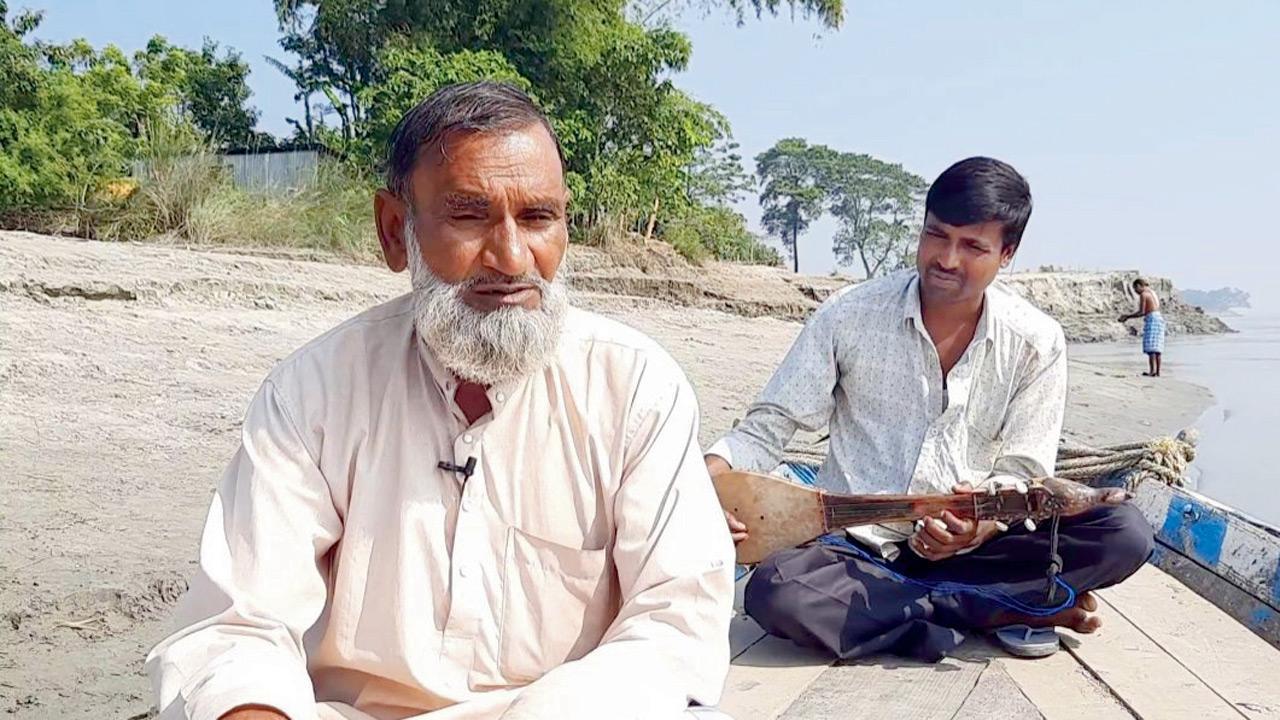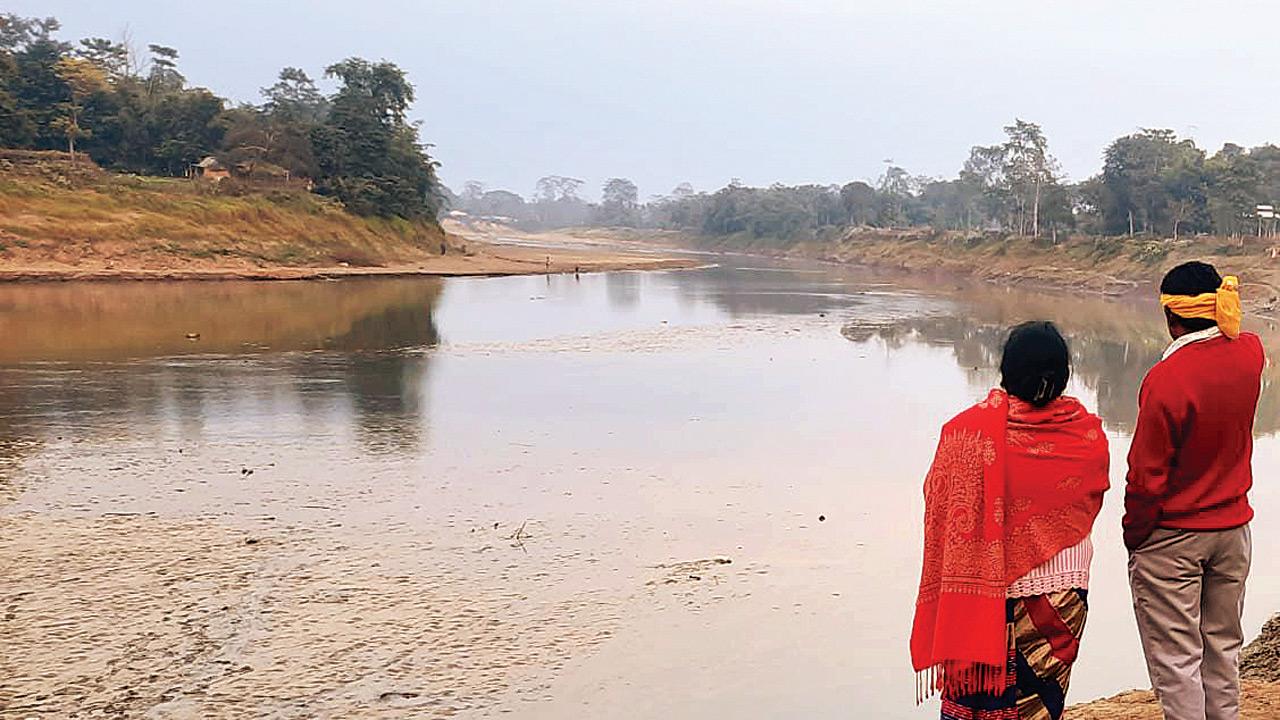Guwahati-based Chandrani Sinha has documented stirring songs inspired by climate change refugees at the mercy of Brahmaputra, and they are now online for you to enjoy

Moinul Bhuyan, 72, sings about his village Tarabari, which was washed away after the 1950 earthquake
As an environmental journalist, Chandrani Sinha has always gone where her story takes her. The rural hinterlands of Assam were rarely part of that conversation. So, in 2019, when the National Register of Citizens (NRC) and Citizenship Amendment Act (CAA) took the country by storm, Sinha decided to go the distance, to find out the stories of climate refugees, and how these laws would have far-reaching consequences for people, displaced and destroyed by the ruthlessness of nature.
ADVERTISEMENT
Assam, as Sinha shares is, “extremely vulnerable to climate change”. Much of the state is in the basin of the Brahmaputra, “a river that has changed its depth and width many times in history”. Over the last few years, the river has responded, rather brutally, to climate change, and erosion has only increased, as most of the silt is trapped in dams upstream. Those living on the banks of the river have been at the receiving end. “While I was travelling on that assignment [in 2019], in the lower belt of Assam, I heard many people from the fishing community and even boatmen, sing songs, related to the river and their relationship with it. These songs were not just beautiful, but also haunting,” recalls Sinha, in a telephonic interview with Mid-day. The discovery led her to other riverine villages.

Community leader Bhadra Rajwar and his wife living in Nazira near Dikhow river, a tributary of the Brahmaputra, look at their eroded land
She returned with songs of lament, grief and yearning, for homes and livelihoods lost to the ever-changing course of the Brahmaputra river. Six of these “river songs”, which were part of a multi-media project led by Sinha, are now available on The Third Pole, a multilingual platform dedicated to promoting information and discussion about the Himalayan watershed and the rivers that originate there.
One of the first communities she met had been impacted by the Assam-Tibet earthquake of 1950, which was of 8.6-plus magnitude. “This changed the course of the river, and since then, floods have become rampant. The village I visited, which is now in the Barpeta district of Assam, was the erstwhile Tarabari, once one of the biggest ports in the region, and a thriving business hub. It had schools, a college, a community hall, library, a hospital, and playgrounds. But, after the earthquake, the entire jurisdiction was slowly washed away, and Tarabari eventually disappeared from the map of Assam. The people living in this port migrated to other neighbouring villages.”
Sinha met an elderly man, whose family had been rich before the earthquake, but was later reduced to penury. “He sang a song about Tarabari, how people lived in harmony as a community, and then, one day, how the river divided and displaced them all. When I heard that song, there was so much pain, it just stayed with me,” she remembers.

Chandrani Sinha at the bank of river Brahmaputra in Barpeta
After completing her assignment, Sinha decided to go looking for more communities whose lives had been upended by the river, and who articulated their pain through these songs. “It was a difficult task, of course,” she says. “I was looking for people who bore witness to the impact of climate change over a period of 10 to 15 years. The people who sang these songs also had to have a deep relationship with their village and the river.”
So, she whittled down her list to just six songs, but they all tell different stories.
Her project has been rendered beautifully by The Third Pole, which has created a bucolic illustrated map of the river banks, leading you to the songs, as you move your cursor through the different village communities. You can choose to listen to the audio, watch the video, or read the story behind each song.
On one of her trips to a village home to the Deoris—another indigenous community—she met a woman in her 90s, who once sang for the All India Radio. “She sang a song, which wasn’t exactly about the river, but about losing a dear one. She attempted to understand that loss, vis-à-vis the river and what it had done to them.” Just like how a river flood had destroyed the village overnight, the death of this person had a similar impact on her. It’s surprising, says Sinha, how a river can erode both, the land and our hearts.
WHAT: River songs
WHERE: https://www.thethirdpole.net/en/culture/brahmaputra-river-songs/
 Subscribe today by clicking the link and stay updated with the latest news!" Click here!
Subscribe today by clicking the link and stay updated with the latest news!" Click here!







